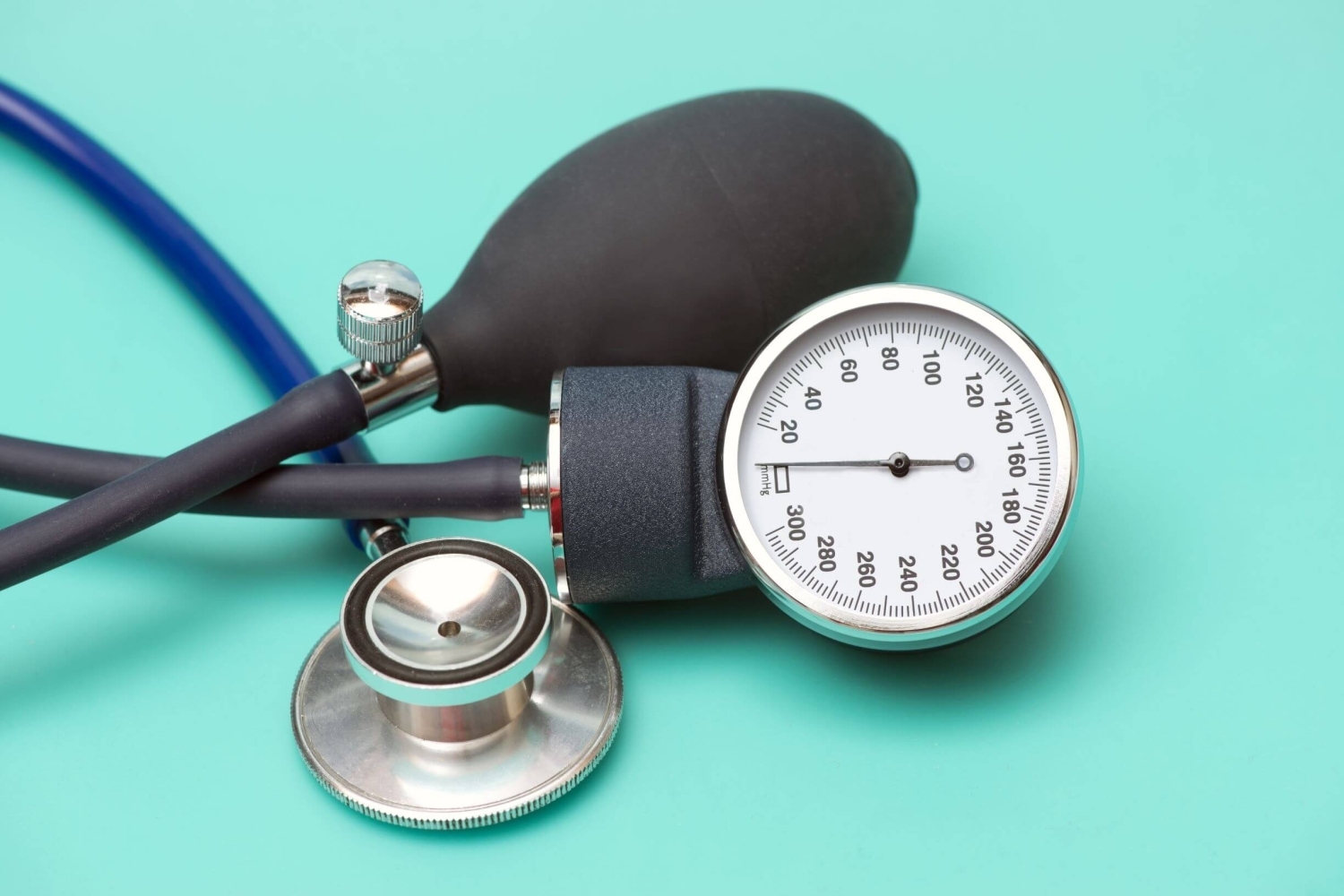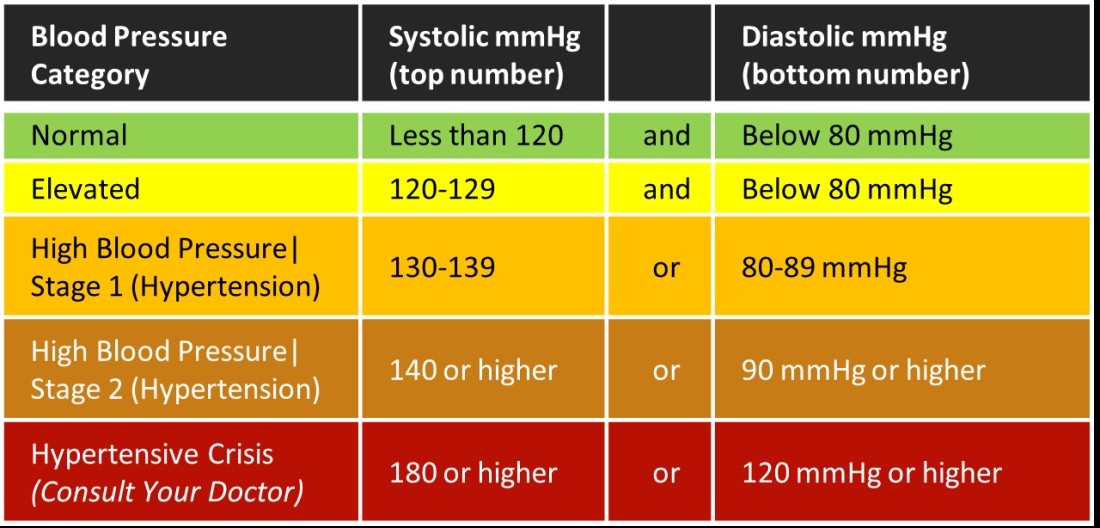Understanding Your Blood Pressure Reading

High blood pressure, also referred to as hypertension, is unknown as a “silent killer” because it has no warning signs and can lead to life-threatening conditions like a heart attack or stroke. If left untreated, high blood pressure can dangerously affect your heart and the rest of your body.
The only way to know your blood pressure is to have it tested. A reading by a health care professional can determine whether you’re at risk. Thankfully, if you know your blood pressure numbers are outside the healthy range, you can take measures to get yourself back into good health.
This insight explores blood pressure readings and what those numbers exactly mean for your health.
Understanding Blood Pressure
Blood pressure is the amount of force it takes your heart to pump blood through your body. Your blood pressure normally rises and falls throughout the day.
High blood pressure increases your risk of heart attack, stroke and kidney disease. It can also cause damage to your brain, eyes and arteries. There are no signs or symptoms of high blood pressure, so knowing your numbers is key to good health.
You may be able to control high blood pressure through healthy lifestyle changes, including:
- Getting enough sleep
- Avoiding smoking
- Limiting alcohol intake
- Eating a diet that’s high in potassium, fiber and protein, but low in sodium and saturated fat
If needed, your doctor may prescribe medication to help regulate your blood pressure.
What Do the Numbers Mean?
Blood pressure is measured in millimeters of mercury (mmHg). During a reading, a health care professional will record your blood pressure as two numbers:
- The first number is your systolic blood pressure. It indicates how much pressure your blood is exerting against your artery walls when your heart beats.
- The second number is your diastolic blood pressure. It indicates how much pressure your blood is exerting against your artery walls while the heart is resting between beats.
While both numbers are significant, more attention is typically given to the first number—your systolic blood pressure—to figure out your risk for heart disease.Consider the following blood pressure categories recognized by the American Heart Association:

Summary
It’s critical to get an accurate blood pressure reading to have a clear picture of your risk for heart disease, stroke and other severe conditions. To help keep your blood pressure in a healthy range, you can also practice living healthy habits daily.
The only way to know if you have high blood pressure is to get tested, so schedule a blood pressure reading with a health care professional. If your numbers are considered high, it’s critical to immediately discuss the results with your doctor. Your doctor can also discuss any lifestyle changes, preventive measures or monitoring efforts to improve your overall health.

 Prev
Prev

